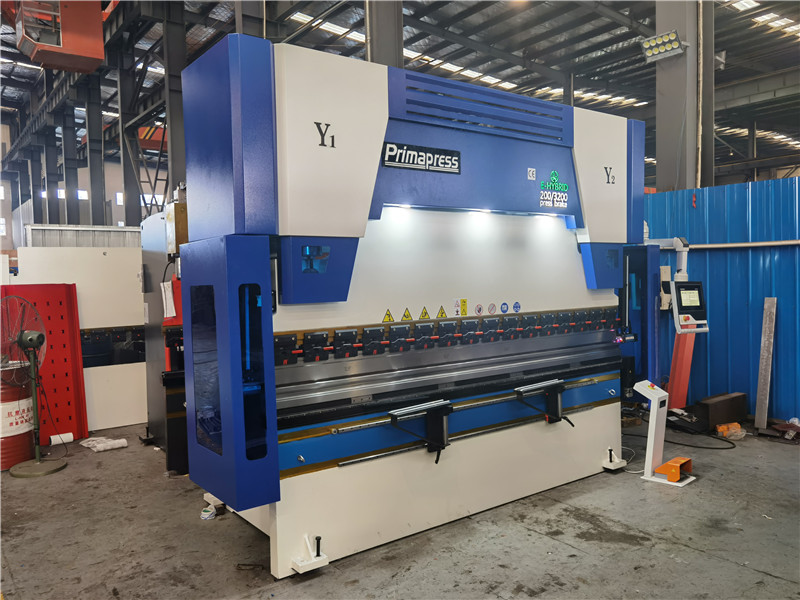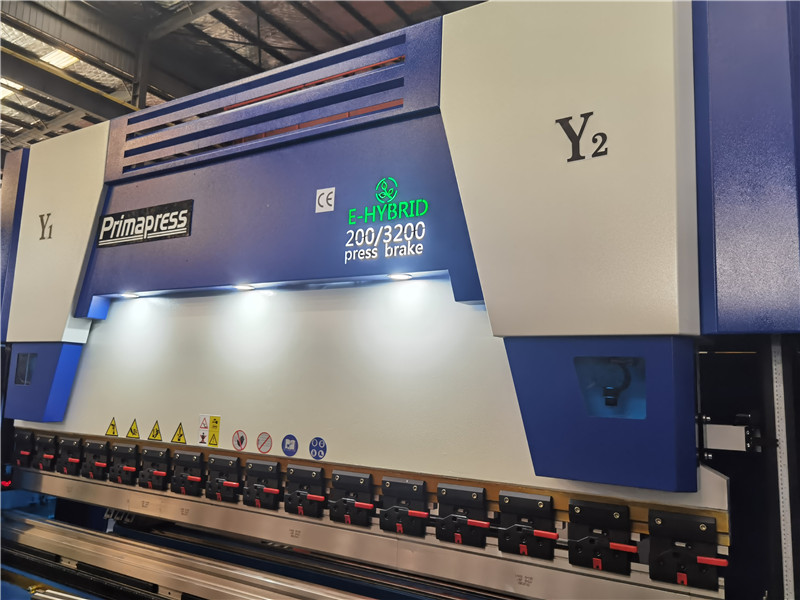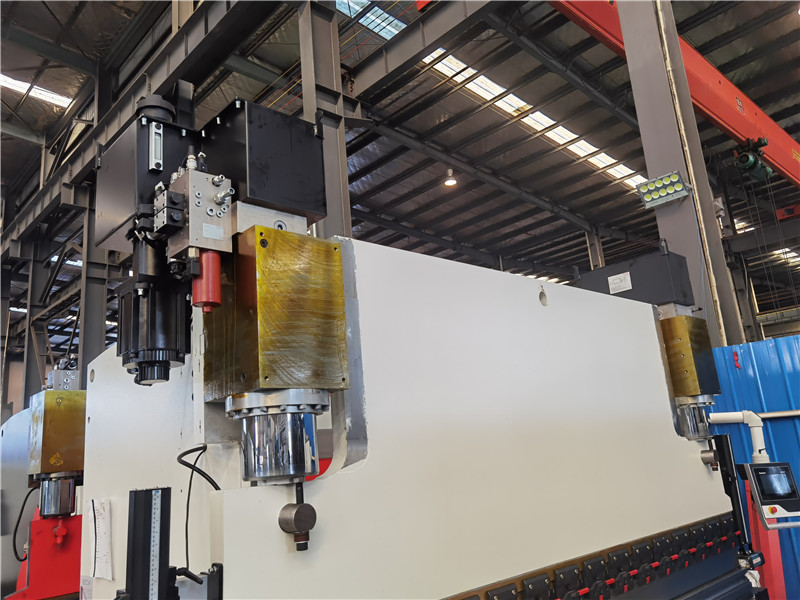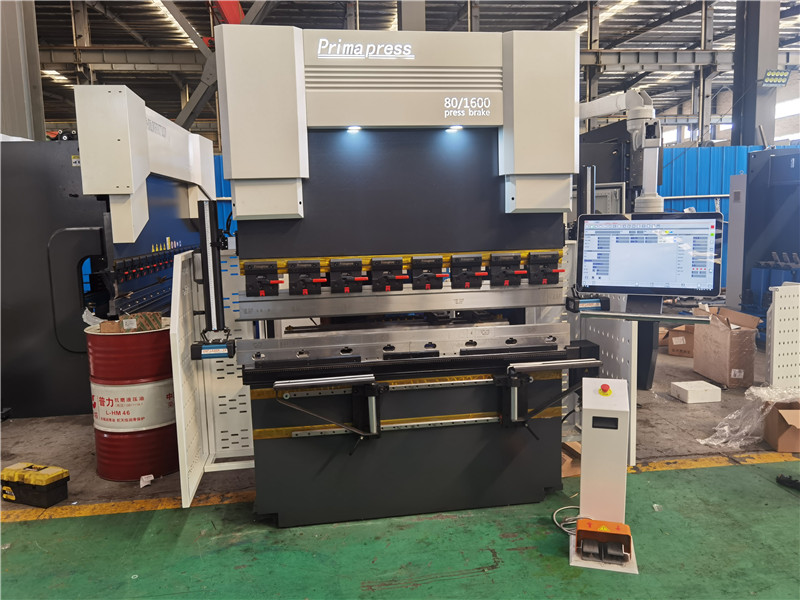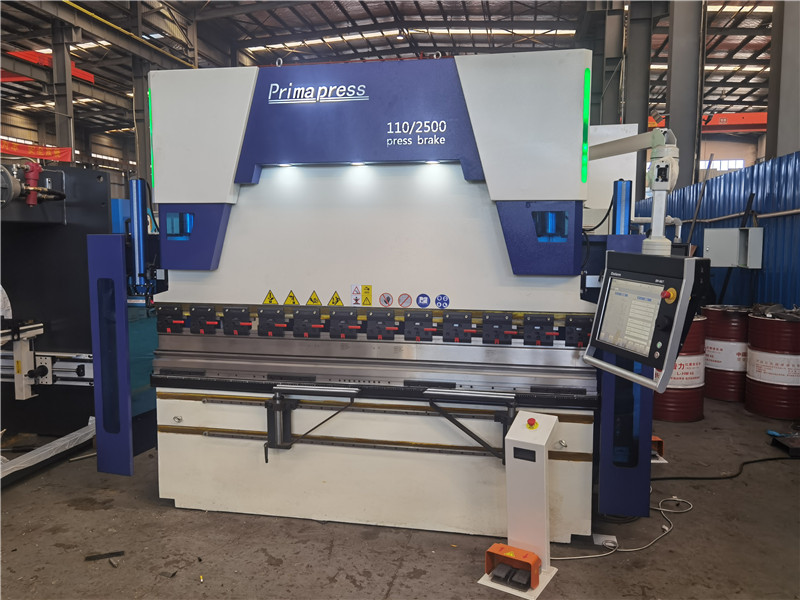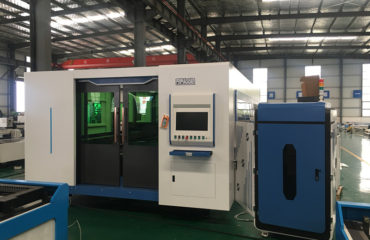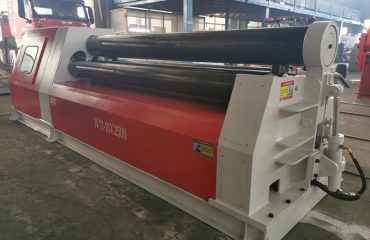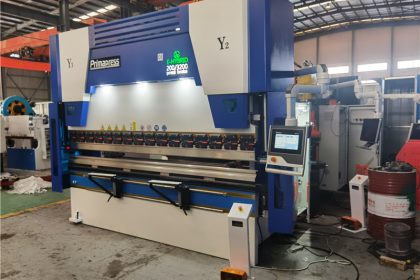
Purchasing elements and knowledge of plate cnc press brake bending machine
workpiece
The first important thing worth considering is the parts you want to produce. The key point is to buy a machine that can complete the processing task with the shortest workbench and the smallest tonnage.
Carefully consider the material grade and the maximum processing thickness and length. If most of the work is mild steel with a thickness of 16 gauge and a maximum length of 10 feet, the free bending force need not be greater than 50 tons. However, if you are engaged in a large number of bottomed die forming, perhaps you should consider a 150 ton machine tool. Assuming that the thickest material is 1/4 inch, 165 tons are required for 10 foot free bending, and at least 600 tons are required for bottomed female bending (corrected bending). If most of the workpieces are 5 feet or shorter, the tonnage will be almost halved, thus greatly reducing the purchase cost. The length of the part is very important for determining the specifications of the new machine.
Flexure
Under the same load, the deflection of the workbench and slider of the 10ft machine is 4 times that of the 5ft machine. This means that shorter machines require less shim adjustment to produce qualified parts. Reducing shim adjustment also shortens the preparation time. Material grade is also a key factor. Compared with low carbon steel, the load required by stainless steel is usually increased by about 50%, while that of most grades of soft aluminum is reduced by about 50%. You can get the tonnage table of the machine from the bending machine manufacturer at any time, which shows the estimated tonnage required per foot length under different thicknesses and materials.
Bending radius of the part
When free bending is adopted, the bending radius is 0.156 times of the die opening distance. In the process of free bending, the opening distance of the die shall be 8 times of the metal material thickness. For example, when forming mild steel with a 1/2 inch opening distance, the bending radius of the part is about 0.078 inch. If the bending radius is almost as small as the material thickness, a bottom female die must be formed. However, the forming pressure of the bottom female die is about 4 times higher than that of the free bending.
If the bending radius is less than the material thickness, the punch with the front fillet radius less than the material thickness must be used, and the stamping bending method must be used. This requires 10 times the pressure of free bending.
For free bending, punch and die are machined at 85 ° or less. When using this group of dies, pay attention to the clearance between the punch and the die at the bottom of the stroke, and the excessive bending that is sufficient to compensate for rebound and keep the material at about 90 °.
Generally, the springback angle produced by the free bending die on the new bending machine is ≤ 2 °, and the bending radius is equal to 0.156 times of the die opening distance.
For bending of bottom female die, the die angle is generally 86~90 °. At the bottom of the stroke, there should be a gap slightly greater than the material thickness between the male and female dies. The forming angle is improved because the bending tonnage of the bottom die is large (about 4 times of the free bending), reducing the stress that usually causes springback within the bending radius.
The stamping bending is the same as the bending of the female die with a bottom, except that the front end of the male die is processed into the required bending radius, and the clearance between the male die and the female die at the bottom of the stroke is less than the material thickness. Because sufficient pressure (about 10 times of free bending) is applied to force the front end of the punch to contact the material, springback is basically avoided.
In order to select the lowest tonnage specification, it is better to plan for the bending radius greater than the material thickness, and use the free bending method as far as possible. When the bending radius is large, it usually does not affect the quality of the finished part and its future use [3].
accuracy
The requirement of bending accuracy is a factor that needs careful consideration. It is this factor that determines whether you need to consider a plate cnc press brake bending machine or a manual bending machine. If the bending accuracy is required to be ± 1 ° and cannot be changed, you must focus on the CNC machine.
The repeated precision of the slider of plate cnc press brake bending machine is ± 0.0004 inch, and the accurate angle of forming must adopt such precision and good mold. The repeat accuracy of the slider of the manual bending machine is ± 0.002 inch, and the deviation of ± 2~3 ° will generally occur under the condition of using the appropriate mold. In addition, plate cnc press brake bending machine is ready for rapid mold installation. When you need to bend many small batches of parts, this is an unquestionable reason to consider.
mould
Even if you have a full shelf of molds, do not think that these molds are suitable for newly purchased machines. The wear of each die must be checked by measuring the length from the front end of the punch to the shoulder and the length between the shoulder of the die.
For conventional molds, the deviation per foot should be about ± 0.001 inch, and the total length deviation should not be more than ± 0.005 inch. As for the precision grinding die, the precision per foot shall be ± 0.0004 inch, and the total precision shall not be greater than ± 0.002 inch. It is better to use the precision grinding die for plate cnc press brake bending machine and the conventional die for manual bending machine.
Side length of bending piece
Suppose you go along a 5 × The 10 foot low carbon steel plate is bent 90 °. The bending machine must apply an additional 7.5 tons of pressure to lift the steel plate, and the operator must be prepared for a 280 pound straight edge fall. It may take several strong workers or even a crane to manufacture this part. The bender operator often needs to bend long side parts, but he does not realize how hard their work is.
Now there is a kind of material supporting device suitable for workshops engaged in this kind of work. This device can be improved according to the needs of new and old machines. With this device, forming long side parts requires only one person to operate.
